 Welcome
Welcome
“May all be happy, may all be healed, may all be at peace and may no one ever suffer."
Painful intercourse (dyspareunia)
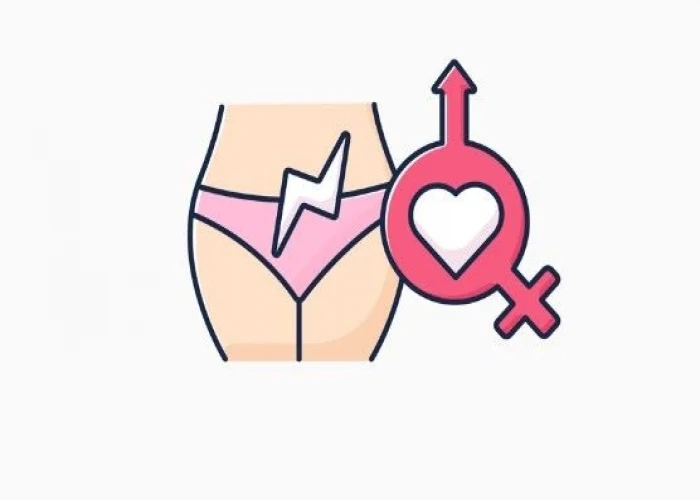
Painful intercourse, also known as dyspareunia, is a common condition that can affect both men and women. It refers to pain or discomfort experienced during sexual intercourse. Dyspareunia can occur for a variety of reasons, including physical, psychological, or a combination of both.
Some common physical causes of dyspareunia in women include:
- Vaginal infections or irritation, such as yeast infections or bacterial vaginosis
- Vaginal dryness or atrophy, which may occur as a result of hormonal changes, menopause, or certain medications
- Pelvic inflammatory disease (PID), endometriosis, or other conditions that affect the reproductive organs
- Vulvodynia, a condition that causes chronic pain or discomfort in the vulva area
- Sexual trauma or injury
In men, dyspareunia may be caused by:
- Inflammation or infection of the prostate gland or urethra
- Peyronie's disease, a condition that causes the penis to curve or bend during an erection
- Tight foreskin or other penile abnormalities
- Sexual trauma or injury
Psychological factors, such as anxiety, depression, or relationship issues, may also contribute to dyspareunia in both men and women.
Treatment for dyspareunia depends on the underlying cause. In some cases, making changes to sexual practices or using lubricants can help reduce discomfort during intercourse. In other cases, medications or surgery may be necessary to treat underlying medical conditions. Additionally, counseling or therapy may be helpful for addressing psychological factors that contribute to dyspareunia.
It's important for individuals experiencing dyspareunia to talk to a healthcare provider about their symptoms, as effective treatment options are available.
Research Papers
Disease Signs and Symptoms
- Painful sexual intercourse (dyspareunia)
Disease Causes
Painful intercourse (dyspareunia)
Physical causes of painful intercourse differ, depending on whether the pain occurs at entry or with deep thrusting. Emotional factors might be associated with many types of painful intercourse.
Entry pain
Pain during penetration might be associated with a range of factors, including:
- Not enough lubrication. This is often the result of not enough foreplay. A drop in estrogen levels after menopause or childbirth or during breast-feeding also can be a cause.
- Certain medications are known to affect sexual desire or arousal, which can decrease lubrication and make sex painful. These include antidepressants, high blood pressure medications, sedatives, antihistamines and certain birth control pills.
- Injury, trauma or irritation. This includes injury or irritation from an accident, pelvic surgery, female circumcision or a cut made during childbirth to enlarge the birth canal (episiotomy).
- Inflammation, infection or skin disorder. An infection in your genital area or urinary tract can cause painful intercourse. Eczema or other skin problems in your genital area also can be the problem.
- Vaginismus. These involuntary spasms of the muscles of the vaginal wall can make penetration painful.
- A problem present at birth. Not having a fully formed vagina (vaginal agenesis) or the development of a membrane that blocks the vaginal opening (imperforate hymen) could cause dyspareunia.
Deep pain
Deep pain usually occurs with deep penetration. It might be worse in certain positions. Causes include:
- Certain illnesses and conditions. The list includes endometriosis, pelvic inflammatory disease, uterine prolapse, retroverted uterus, uterine fibroids, cystitis, irritable bowel syndrome, pelvic floor dysfunction, adenomyosis, hemorrhoids and ovarian cysts.
- Surgeries or medical treatments. Scarring from pelvic surgery, including hysterectomy, can cause painful intercourse. Medical treatments for cancer, such as radiation and chemotherapy, can cause changes that make sex painful.
Emotional factors
Emotions are deeply intertwined with sexual activity, so they might play a role in sexual pain. Emotional factors include:
- Psychological issues. Anxiety, depression, concerns about your physical appearance, fear of intimacy or relationship problems can contribute to a low level of arousal and a resulting discomfort or pain.
- Stress. Your pelvic floor muscles tend to tighten in response to stress in your life. This can contribute to pain during intercourse.
- History of sexual abuse. Not everyone with dyspareunia has a history of sexual abuse, but if you have been abused, it can play a role.
It can be difficult to tell whether emotional factors are associated with dyspareunia. Initial pain can lead to fear of recurring pain, making it difficult to relax, which can lead to more pain. You might start avoiding sex if you associate it with the pain.
Disease Prevents
Disease Treatments
Treatment options vary depending on the cause of the pain.
Medications
If an infection or medical condition contributes to your pain, treating the cause might resolve your problem. Changing medications known to cause lubrication problems also might eliminate your symptoms.
For many postmenopausal women, dyspareunia is caused by inadequate lubrication resulting from low estrogen levels. Often, this can be treated with topical estrogen applied directly to the vagina.
The Food and Drug Administration approved the drug ospemifene (Osphena) to treat moderate to severe dyspareunia in women who have problems with vaginal lubrication. Ospemifene acts like estrogen on the vaginal lining.
Drawbacks are that the drug might cause hot flashes, and it carries a risk of stroke, blood clots and cancer of the lining of the uterus (endometrium).
Another drug to relieve painful intercourse is prasterone (Intrarosa). It's a capsule you place inside the vagina daily.
Other treatments
Certain nonmedication therapies also might help with dyspareunia:
- Desensitization therapy. You learn vaginal relaxation exercises that can decrease pain.
- Counseling or sex therapy. If sex has been painful for some time, you might have a negative emotional response to sexual stimulation even after treatment. If you and your partner have avoided intimacy because of painful intercourse, you might also need help improving communication with your partner and restoring sexual intimacy. Talking to a counselor or sex therapist can help resolve these issues.
- Cognitive behavioral therapy also can be helpful in changing negative thought patterns and behaviors.
Disease Diagnoses
Disease Allopathic Generics
Disease Ayurvedic Generics
Disease Homeopathic Generics
Disease yoga
Painful intercourse (dyspareunia) and Learn More about Diseases

Dislocated elbow
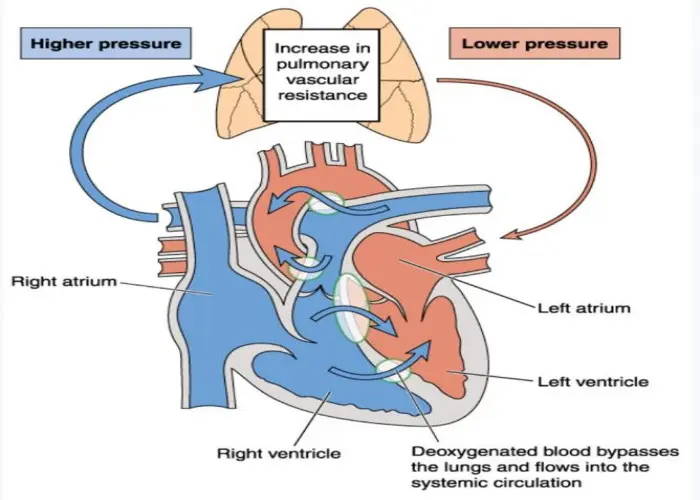
Eisenmenger syndrome
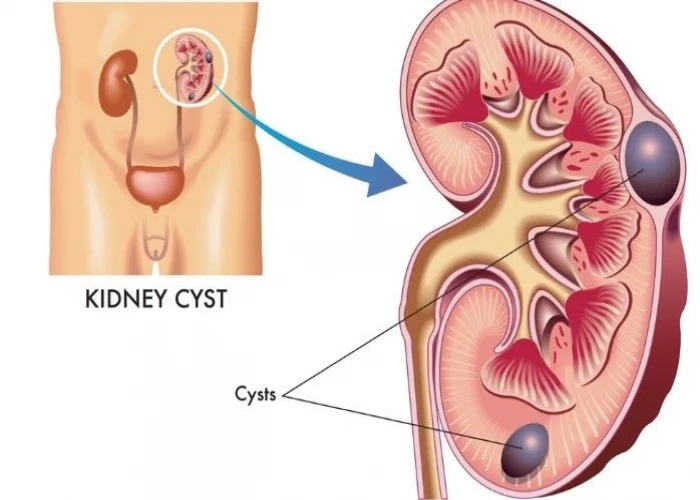
Kidney cysts

Spider bites
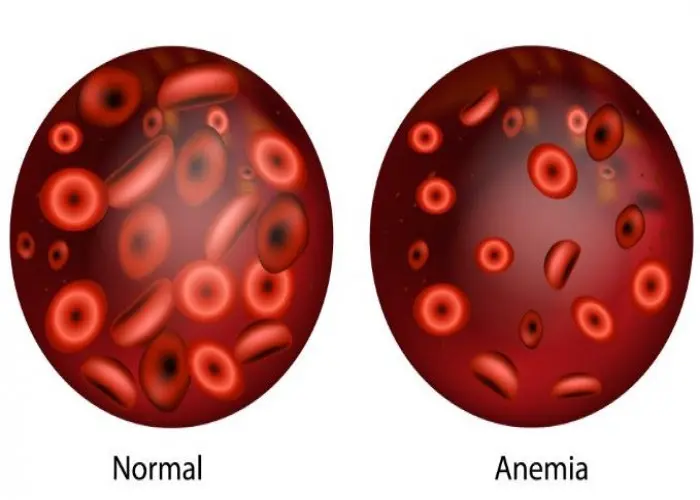
Iron deficiency anemia

Focal segmental glomerulosclerosis (FSGS)

Dyslexia
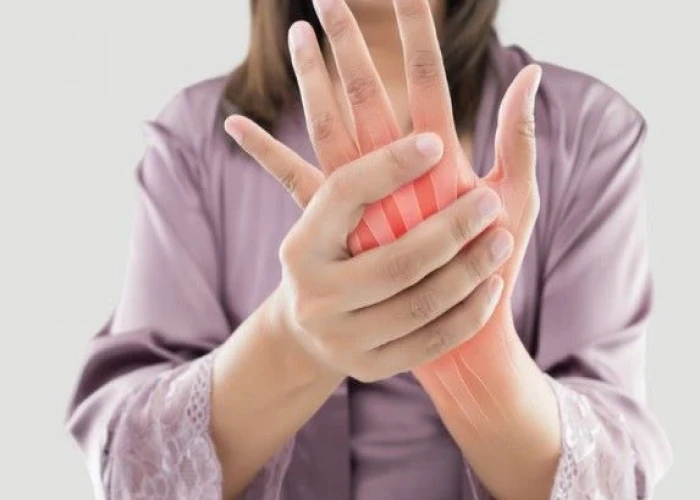
Rheumatoid arthritis
Painful intercourse, dyspareunia, বেদনাদায়ক সহবাস, ডিস্পেরিউনিয়া
To be happy, beautiful, healthy, wealthy, hale and long-lived stay with DM3S.
